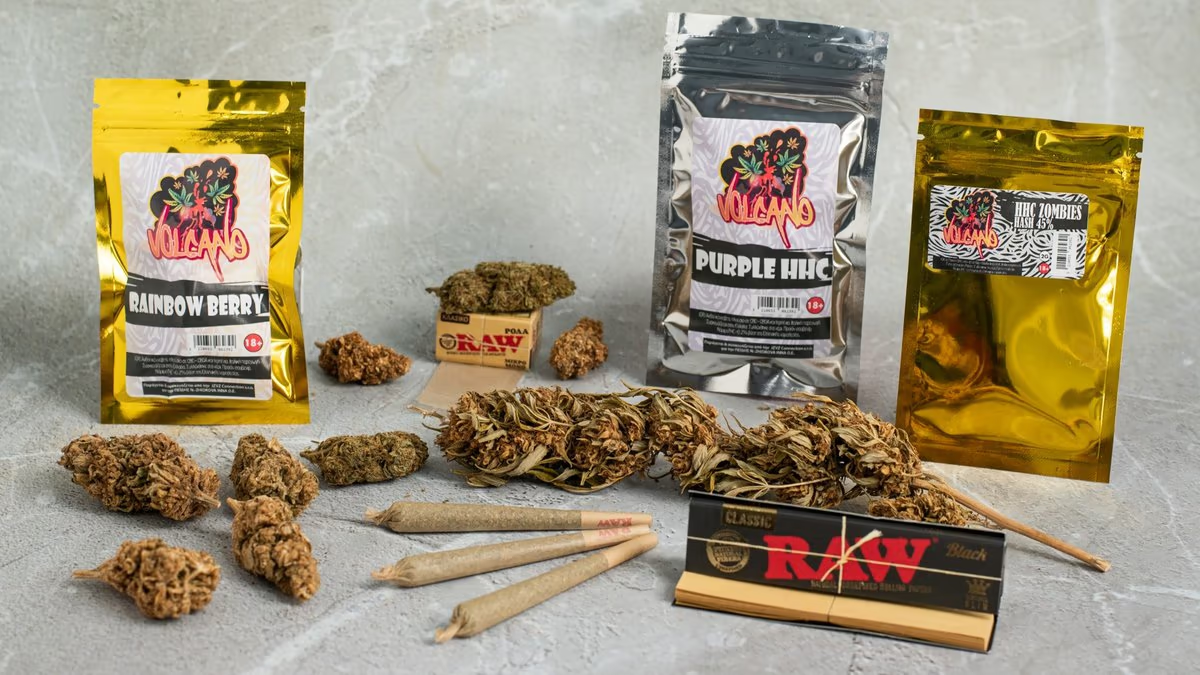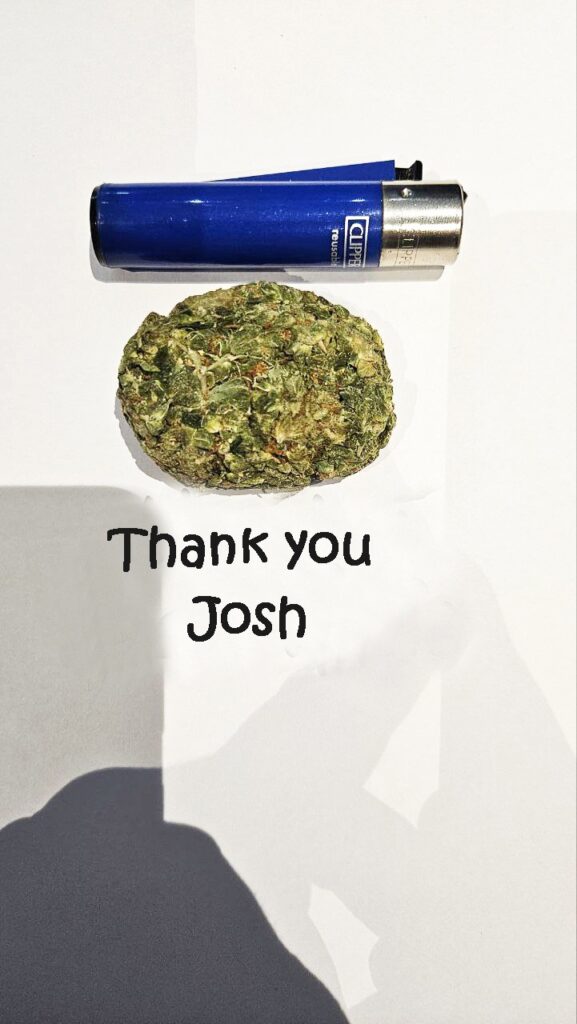Cannabis in Soloma, Guatemala: An In-Depth Exploration

Introduction
Soloma, a picturesque town in the highlands of Guatemala, is often recognized for its rich indigenous culture, stunning landscapes, and agricultural heritage. Nestled within the mountainous regions of the western highlands, Soloma embodies a unique blend of tradition and modernity, making it a compelling place to explore the evolving conversation surrounding cannabis. This article delves into the multifaceted relationship between the people of Soloma and cannabis, examining its historical context, current legal status, cultural significance, and future prospects.
1. Historical Context of Cannabis in Soloma
1.1 Early Uses of Cannabis
Cannabis has a complex history in Guatemala, and its presence in Soloma can be traced back to:
- Pre-Colonial Times: While there is no evidence that cannabis was cultivated or used by the indigenous peoples of Soloma before the arrival of Europeans, the plant was introduced to the Americas through European colonization. Initially, it was valued for its fibers and potential medicinal properties.
- Colonial Influence: The Spanish colonizers brought various crops to the Americas, including cannabis. It quickly became part of the agricultural landscape in Guatemala, although its use remained limited primarily to practical applications such as textiles and ropes.
1.2 The Prohibition Era on weed in Soloma
As the 20th century approached, the perception of cannabis began to shift dramatically:
- Criminalization: The early 20th century saw a global wave of prohibitionist attitudes towards cannabis, culminating in strict laws against its use and cultivation. Guatemala followed this trend, criminalizing cannabis through national legislation.
- Impact on Local Communities: The prohibition of cannabis disproportionately affected rural areas like Soloma, where small-scale cultivation for personal or local use had previously occurred. The criminalization of the plant placed many families at risk of legal consequences, fostering a culture of secrecy and fear around its use.
2. Current Legal Status of Cannabis in Soloma
2.1 National Cannabis Laws/Weed in Soloma
Cannabis remains illegal in Guatemala, impacting the community of Soloma significantly:
- Criminal Classification: Under Guatemalan law, cannabis is classified as a narcotic, leading to severe penalties for possession, cultivation, and trafficking. Law enforcement remains vigilant in monitoring cannabis-related activities, creating a tense atmosphere for users and cultivators alike.
- No Medical Framework: Unlike some countries that have embraced medical cannabis, Guatemala lacks a formal framework for its medicinal use. This absence of regulation limits access for patients who could benefit from cannabis-based therapies
2.2 Law Enforcement and Community Relations on weed in Soloma
The enforcement of cannabis laws in Soloma has resulted in complex dynamics:
- Policing Practices: Local law enforcement agencies are responsible for enforcing drug laws, often conducting raids on suspected cannabis growers. These actions can breed distrust between the community and law enforcement, complicating relationships.
- Fear and Stigma: Many residents consume cannabis discreetly due to the fear of legal repercussions. This secrecy perpetuates stigma, making it challenging to have open discussions about cannabis use within the community.
3. Cultural Attitudes Towards Cannabis in Soloma
3.1 Social Acceptance and Usage Patterns
Despite the legal restrictions, cannabis use is prevalent in Soloma:
- Youth Engagement: Younger generations are increasingly using cannabis, viewing it as a natural substance with recreational value. Social gatherings and celebrations may feature cannabis consumption, reflecting changing attitudes among the youth.
- Traditional Perspectives: While cannabis was not historically a part of indigenous medicinal practices, some locals have begun to adopt its use for relaxation and relief from stress. This gradual acceptance mirrors broader cultural shifts toward cannabis in many societies on weed in Soloma.
3.2 The Underground Market
The prohibition of cannabis has led to the emergence of an underground market in Soloma:
- Small-Scale Cultivation: Some residents discreetly cultivate cannabis for personal use or to sell in local markets. These operations are often hidden from view to avoid detection by authorities.
- Economic Necessity: For many families, illegal cannabis cultivation provides a crucial source of income. The economic pressures in rural areas make cannabis an attractive option for those seeking financial stability on weed in Soloma.
4. The Impact of Cannabis on the Local Economy
4.1 Economic Contributions of Cannabis
Legalizing cannabis in Soloma could yield significant economic benefits:
- Job Creation: A regulated cannabis industry could create jobs in agriculture, processing, and retail, offering economic opportunities in a region where employment options may be limited.
- Tax Revenue: Legalization could generate substantial tax revenue that could be reinvested in local infrastructure, education, and healthcare, providing a much-needed boost to the community on weed in Soloma.
4.2 Barriers to Legalization/Weed in Soloma
Despite the potential benefits, several barriers hinder the legalization of cannabis:
- Political Resistance: Conservative factions within the Guatemalan government often oppose cannabis reform, citing concerns about public health and safety. This political resistance complicates efforts to establish a supportive legal framework.
- Public Misunderstanding: Many residents may lack accurate information about cannabis and its potential benefits, perpetuating negative stereotypes and misunderstandings on weed in Soloma.
5. Cannabis and Social Dynamics in Soloma
5.1 Generational Differences
Social attitudes towards cannabis in Soloma are evolving, with noticeable differences between generations:
- Youth vs. Elders: Younger residents increasingly view cannabis as a natural and socially acceptable substance, while older generations often hold onto traditional beliefs that associate cannabis with immorality and criminality. This generational divide can create tension within families and communities.
- Community Dialogues: Open conversations about cannabis can help bridge the gap between generations, fostering understanding and acceptance of changing attitudes.
5.2 The Role of Education/Weed in Soloma
Education plays a crucial role in shaping perceptions of cannabis:
- Community Awareness Programs: Local organizations can host workshops and seminars to educate residents about cannabis, focusing on its potential benefits and responsible use. This education can empower individuals to make informed choices regarding cannabis consumption.
- Utilizing Media: Leveraging social media and local news outlets can help disseminate accurate information about cannabis, counteracting harmful stereotypes and fostering a more nuanced understanding.
6. The Potential for Medical Cannabis
6.1 Advocacy for Medical Use
There is a growing movement advocating for the legalization of medical cannabis in Guatemala, including Soloma:
- Health Benefits: Advocates argue that cannabis can provide therapeutic benefits for various medical conditions, including chronic pain, anxiety, and epilepsy. Access to medical cannabis could significantly improve the quality of life for many patients.
- Personal Stories: Testimonials from individuals who have found relief through cannabis use play a critical role in humanizing the issue and shifting public perception. These narratives help to highlight the potential benefits of medical cannabis.
6.2 Challenges to Legalization
Despite growing advocacy, several obstacles hinder the legalization of medical cannabis:
- Political Resistance: Conservative factions within the Guatemalan government often oppose cannabis reform, citing concerns about public health and safety. This resistance complicates efforts to establish a supportive legal framework for medical cannabis.
- Lack of Awareness: Limited understanding among healthcare providers regarding the medicinal properties of cannabis presents a challenge. Educational initiatives targeting medical professionals are essential for fostering informed discussions.
7. Future Prospects for Cannabis in Soloma
7.1 Grassroots Movements
The changing conversation around cannabis presents opportunities for reform in Soloma:
- Community Advocacy: Local advocacy groups are beginning to organize efforts to push for cannabis reform. Building a coalition of supporters can influence local and national policymakers.
- Engaging Decision-Makers: Advocacy should focus on engaging local leaders and lawmakers to discuss the economic and social benefits of cannabis legalization. Presenting evidence-based arguments can help shift perceptions and garner support.
7.2 The Role of Education and Awareness
Increasing public understanding of cannabis is essential for overcoming stigma and fostering informed discussions:
- Workshops and Training: Local organizations can offer workshops and training sessions focused on cannabis cultivation, usage, and its potential benefits. This knowledge can empower residents and demystify cannabis.
- Leveraging Social Media: Utilizing social media platforms to share stories, experiences, and research can help normalize conversations about cannabis in the community.
8. Conclusion
The cannabis landscape in Soloma is shaped by a combination of historical, legal, and social factors. While cannabis remains illegal, evolving attitudes and growing advocacy efforts signal a potential shift in the future.
Through education, advocacy, and community engagement, residents of Soloma can navigate the challenges associated with cannabis culture and work toward a future that recognizes its potential benefits. The journey toward understanding and acceptance of cannabis may be challenging, but it is essential for fostering a more inclusive and equitable society.
As discussions about cannabis continue to evolve, Soloma stands at a crucial juncture. By embracing opportunities for reform and promoting informed conversations, the community can shape its narrative surrounding cannabis in a way that reflects its values and aspirations. The future of cannabis in Soloma is still unwritten, but with collective efforts, it can lead to a more enlightened and just society for all its residents.
Ultimately, the cannabis conversation in Soloma is just beginning, and it holds the potential to shape the future of this vibrant community. With determination and solidarity, change is not only possible but attainable, paving the way for a more informed and equitable approach to cannabis in the years to come.

Message Josh on = joshchris385@gmail.com
he sorted us in style during our little vacation .
Top quality 420bud of different strains you can find around.
You won’t regret getting in touch with him . Highly recommended local plug his telegram / https://t.me/joshlegitplug
we did give it a try and the delivery guy delay like ten minutes but he finally arrived and woow the buds were so good and thank u so much josh.
His dealings are smooth and fast and his buds are so so good.

We were lucky over here Me and my crew enjoy our trip our deliveries was very safe. we ordered both Satis and Indis It was a great experience and great feeling as we mix them both and have a good time.
I contacted him on his telegram and due to security reasons he requested crypto payments which i did, about 30minutes later my dope was dropped at my requested location great guy!!!
i highly recommend.
Woow…thank so much for the buds flowers I purchased 10g (this is minimal order) for $100, everything went smoothly i paid with crypto currency as first timer in the morning and tonight he accepted cash on delivery .
“Absolutely love how easy and seamless the process was! The delivery was quick, and the quality is always top-notch. You’ve earned a loyal customer!”